
What products need FCC Certification?
What is FCC Certification?
FCC Certification is a product certification for electronic and electrical products manufactured or sold in the United States. It verifies that the radio frequency emitted by the product falls within the limits approved by the Federal Communications Commission (FCC). FCC Certification is mandatory and serves as a fundamental threshold for market access in the United States. Many wireless application products, communication products, and digital products (operating frequencies between 9KHz-3000GHz) entering the US market require fcc approval.
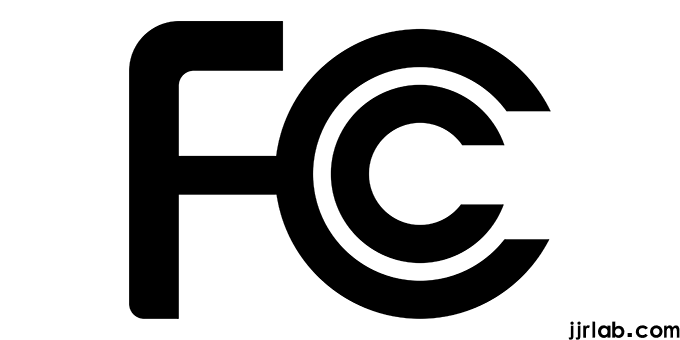
What products need FCC Certification?
FCC formulates technical standards for testing electronic and electrical equipment based on the type of radio frequency emitted. According to regulations, it can be categorized into the following types:
fcc part 15 - Radio Frequency Devices
fcc part 18 - Industrial, Scientific, and Medical Equipment
FCC Part 22 - Cellular Telephones
FCC Part 24 - Personal Communication Services
FCC Part 68 - All Types of Terminal Equipment for Telecommunications
FCC Part 74 - Experimental, Auxiliary, Special, and other Program Distribution Services
FCC Part 90 - Personal Land Mobile Radio Services
FCC Part 95 - Personal Radio Services
Categorized by frequency, they are as follows:
1. Emission frequency: 125KHz, 13.5MHz
Typical products: door card readers, bus card readers
2. Emission frequency: 27MHz, 49MHz
Typical products: remote-controlled toys, wireless mice, non-professional walkie-talkies
3. Emission frequency: 315MHz, 433MHz (intermittent, periodic products, remote-controlled toys prohibited)
Typical products: remote-controlled switches, wireless doorbells, anti-theft devices, Baby Monitors
4. Emission frequency: 88-108MHz
Typical products: FM transmitters
5. Emission frequency: 902-928MHz, 2400-2483.5MHz, 5725-5850MHz
Typical products: remote-controlled toys, wireless mice, Bluetooth, WiFi transmitters
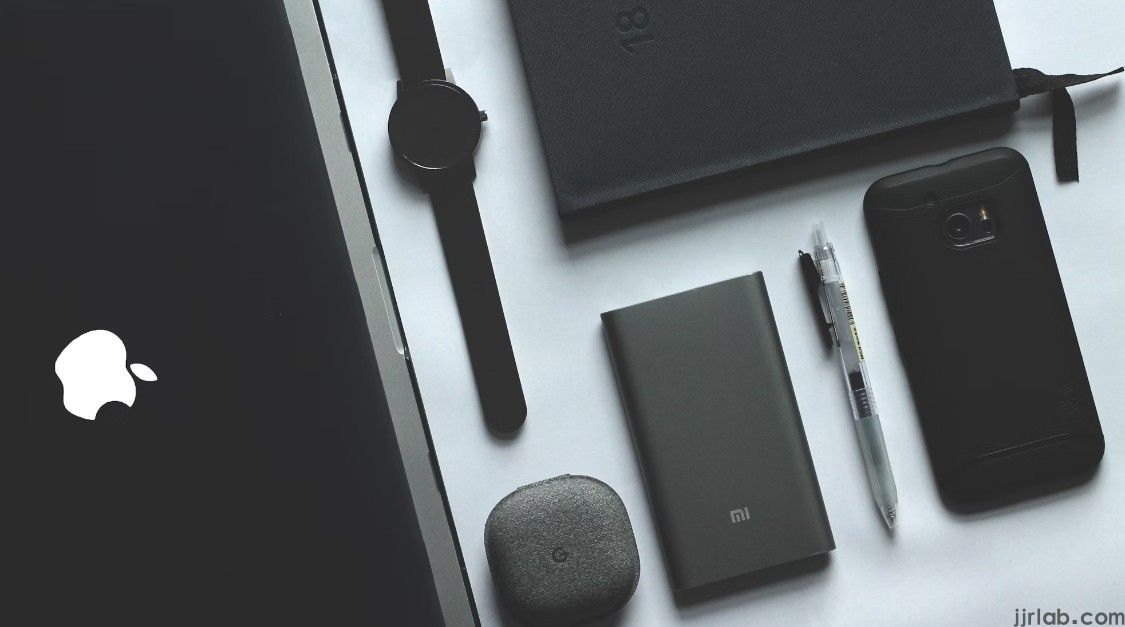
FCC Part 15 Certification Cost:
The overall pricing depends on the category of the product, whether it belongs to fcc part 15b or Part 15C/E. Assuming the product is a very simple electronic product without radio frequency functions, the cost of applying for FCC Part 15B is approximately $900, and it takes 1 to 2 weeks for one sample.
We are a Chinese laboratory authorized by the FCC, providing fcc testing and certification services at a cost 30% cheaper than foreign laboratories. Feel free to consult:
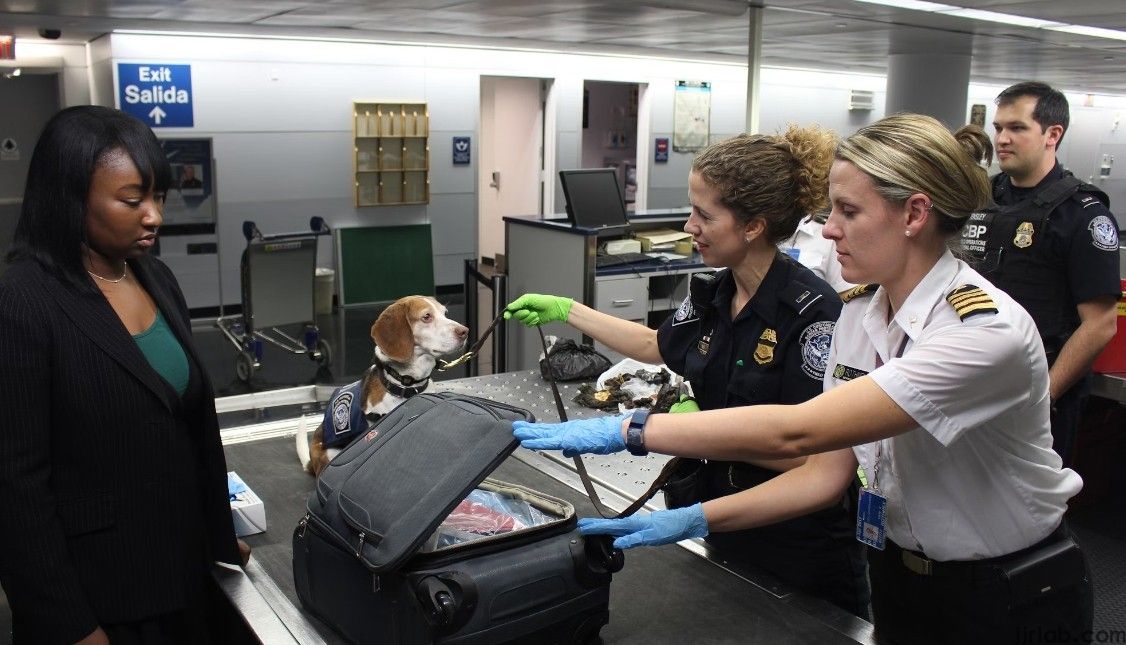
FCC Certification Types:
1. Verification of Conformity (FCC-VOC):
Manufacturers or importers ensure that their products undergo necessary testing to confirm compliance with relevant technical standards and retain testing reports. The FCC reserves the right to request manufacturers to submit testing data for device samples or products. Applicable devices for self-verification include commercial computers, TV and FM receivers, and industrial, scientific, and medical equipment for non-consumer use under FCC Rule Part 18.
2. Declaration of Conformity (FCC-DOC):
The responsible party for the device (usually the manufacturer or importer) tests the product at an FCC-designated accredited testing laboratory to ensure compliance with relevant technical standards and retains testing reports. The FCC reserves the right to request the responsible party to submit testing data for device samples or products. Applicable devices for declaration of conformity include home computers and peripherals, civilian radio receivers, super regenerative receivers, and other receivers under FCC Rule Part 15, television interface devices, cable system terminal equipment, and industrial, scientific, and medical equipment for consumer use under Part 18.
3. ID Certification (FCC-ID):
The FCC reviews samples (or photos) and testing data submitted by applicants. If they meet FCC rules requirements, the device is granted an fcc id number. Applicable devices for certification include low-power transmitters such as cordless telephones, remote controllers for automatic doors, wireless remote-controlled toys and security alarm systems, intentional radiators emitting radio frequency energy under Part 15, industrial, scientific, and medical equipment for consumer use under Part 18, automatic frequency receivers, super regenerative receivers, television interface devices, and home computers and peripherals. The responsible party should ensure that the device is marked with an FCC ID.
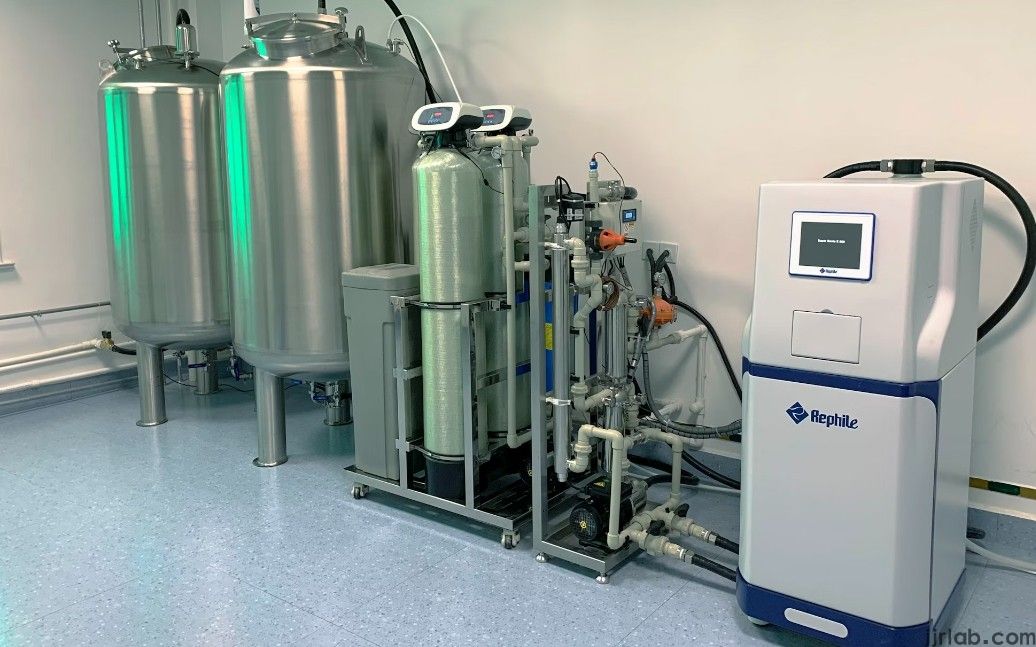
fcc certification testing Items:
- Radiated emissions
- Conducted emissions
- Harmonic currents
- Flicker
- Frequency error
- Adjacent channel power
- Emissions
- Conducted carrier power
- Effective radiated power
- Loudness to modulation frequency of transmitters
- Modulation bandwidth of broadband devices
- Frequency stability under low voltage conditions, etc.
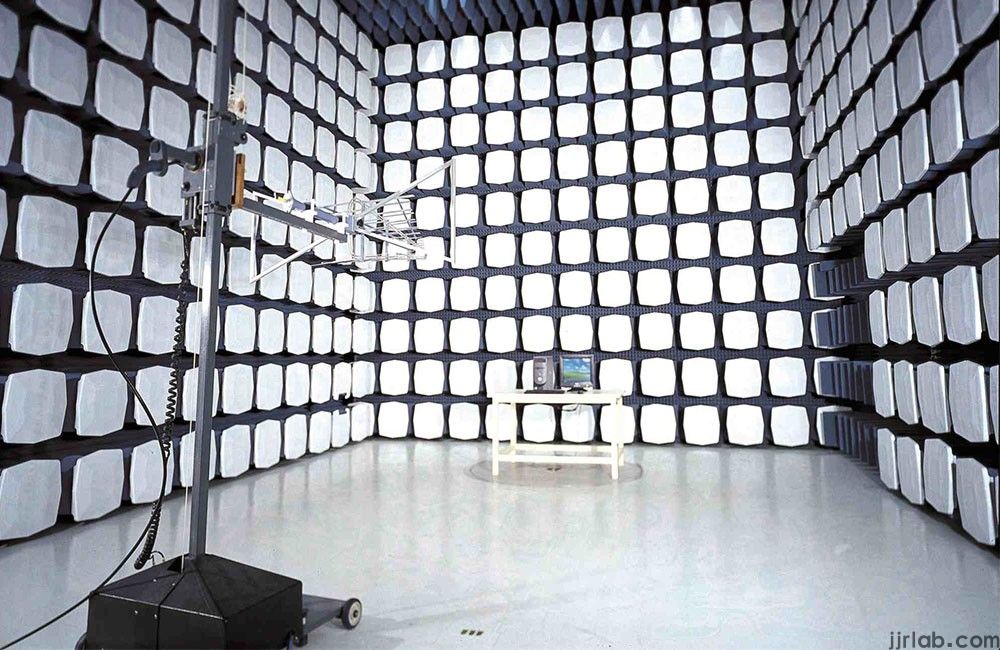
FCC Certification Testing Standards:
Note: Products are classified into CLASS A and CLASS B based on their use: Class A is for commercial or industrial use, while Class B is for household use. FCC regulations for Class B products are stricter, with lower limits compared to Class A. For most electronic and electrical products, the main standards are FCC Part 15 and FCC Part 18.
FCC Standards Summary:
- FCC Part 15: Radio Frequency Devices
- FCC Part 15, Subpart B: Unintentional Radiators
- FCC Part 15, Subpart C: Intentional Radiators
- FCC Part 18: Industrial, Scientific, and Medical Equipment (ISM)
- FCC Part 68: Communication of Terminal Equipment of the Telephone Network
- FCC Part 87: Aviation Services
- FCC Part 90: Private Land Mobile Radio Services
- FCC Part 97: Amateur Radio Services
- IEEE/ANSI C63.4: American National Standard for Methods of Measurement of Radio-Noise Emissions from Low-Voltage Electrical and Electronic Equipment in the Range of 9 kHz to 40 GHz.
- IEEE/ANSI C63.10: American National Standard of Procedures for Compliance testing of Unlicensed Wireless Devices.
- IEEE/ANSI C63.15: American National Standard Recommended Practice for the Immunity Measurement of Electrical and Electronic Equipment.
- IEEE/ANSI C63.17: American National Standard Methods of Measurement of the Electromagnetic and Operational Compatibility of Unlicensed Personal Communications Services (UPCS) Devices.
- FCC MP-5-1986: Methods of measurement of radio noise emissions from Industrial, Scientific, and Medical (ISM) equipment.
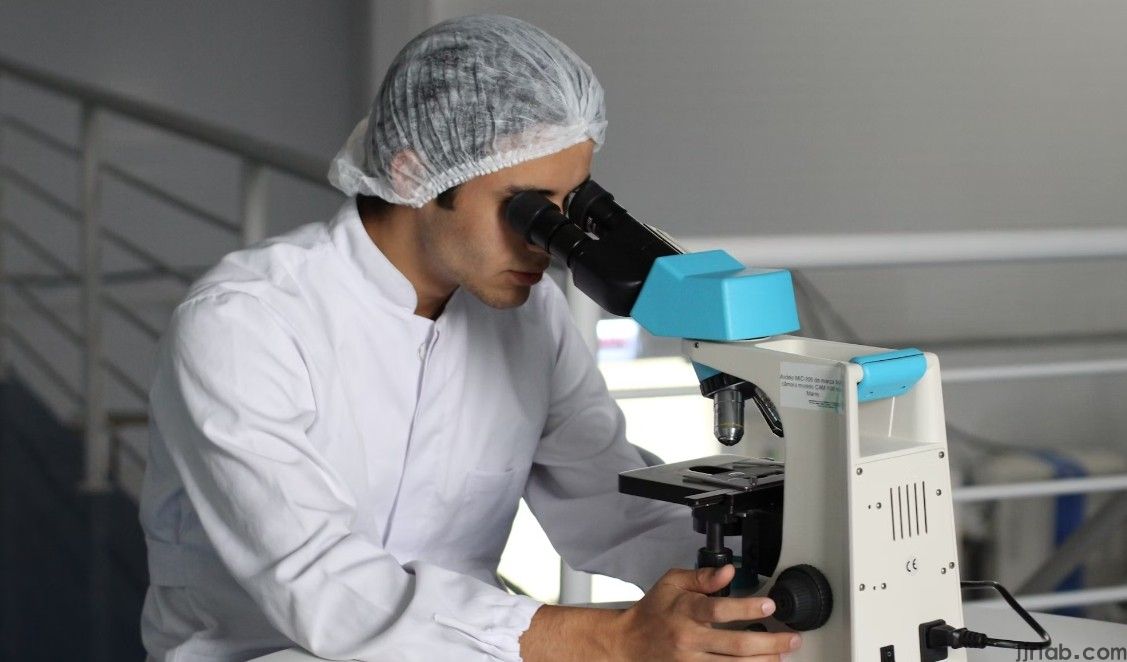
Documents Required for FCC Certification:
- FCC ID Label
- FCC ID Label Location
- User Manual
- Schematic Diagram
- Block Diagram
- Theory of Operation
- Test Report
- External Photos
- Internal Photos
- Test Setup Photos
How long does FCC Certification take?
Currently, FCC certification mainly involves testing for radiation, conduction, etc.
- fcc sdoc: Testing completed in 5-7 working days
- FCC ID: Testing completed in 10-15 working days
(This is the testing cycle of our laboratory. We are a Chinese laboratory, so the cycle is shorter: chen18814186731@gmail.com)
FCC Certification Logo Requirements:
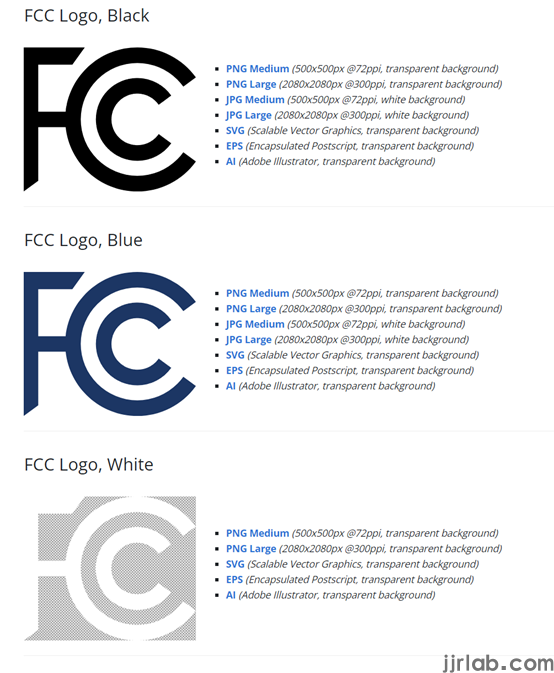
Email:hello@jjrlab.com
Write your message here and send it to us
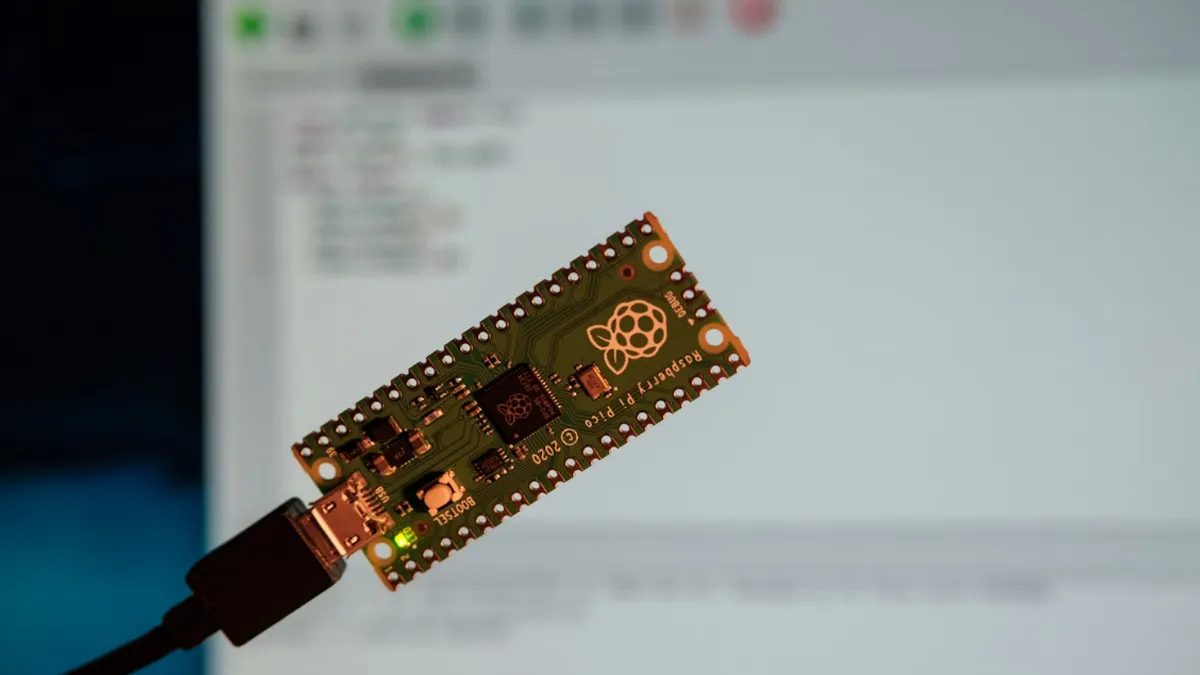 How to get the AS/NZS 4268:2017+A1:2021 Test Repor
How to get the AS/NZS 4268:2017+A1:2021 Test Repor
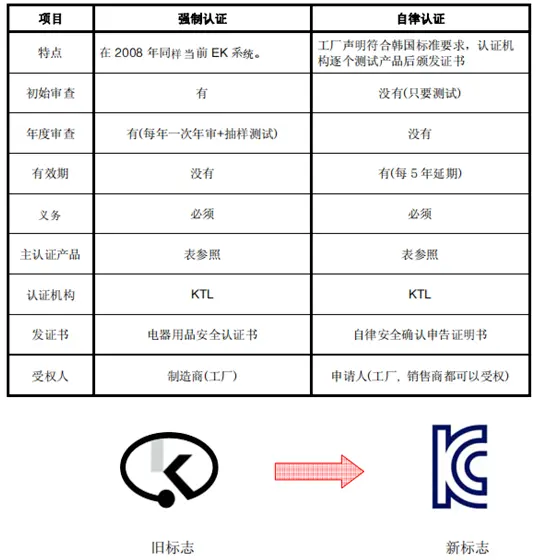 KC Certification Process for South Korea
KC Certification Process for South Korea
 USB Charger Australia AS/NZS CISPR 32 Testing
USB Charger Australia AS/NZS CISPR 32 Testing
 How Much Does C-Tick Certification Cost for Electr
How Much Does C-Tick Certification Cost for Electr
 What is AS/NZS CISPR 32 Compliance Certification?
What is AS/NZS CISPR 32 Compliance Certification?
 How to get the AS/NZS CISPR 32 Test Report?
How to get the AS/NZS CISPR 32 Test Report?
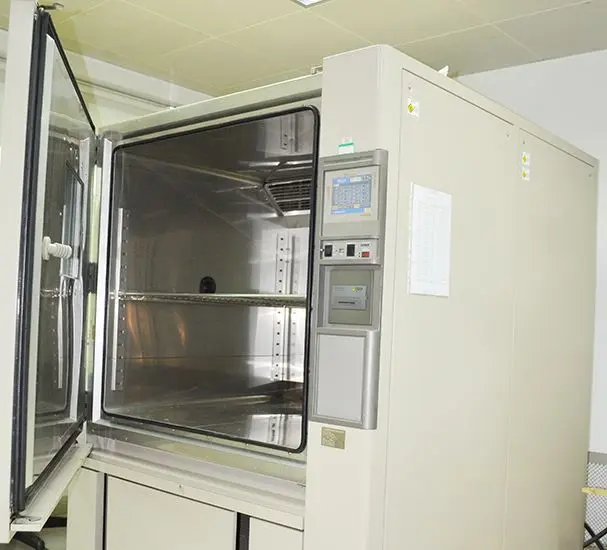 SIRIM Certification for Battery Exports to Malaysi
SIRIM Certification for Battery Exports to Malaysi
 ANATEL Certification for Power Banks and Phone Bat
ANATEL Certification for Power Banks and Phone Bat
Leave us a message
24-hour online customer service at any time to respond, so that you worry!




